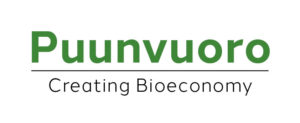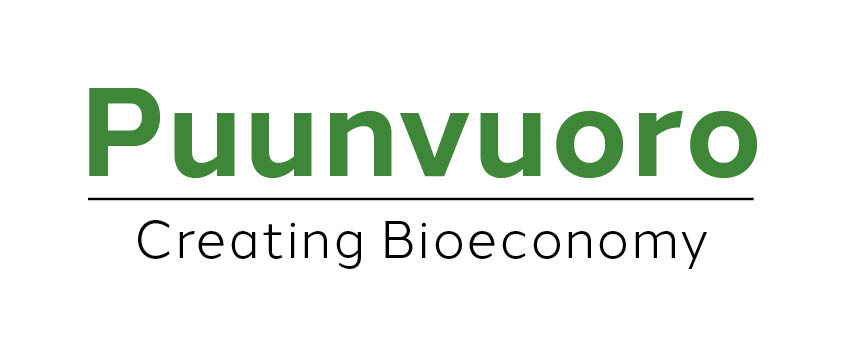Data is collected from the entire value chain. In particular, the use and sharing of data across organisational borders poses challenges to information security.
In process industries such as the forest industry, there is no shortage of data – in a bioproduct mill, for example, various production-related data is collected from nearly 40,000 measurement points every second. To transform this mass of data into information, artificial intelligence is needed for analysis and a control system is needed to transmit the information to human operators.
Valmet supplies automation solutions to the pulp, paper and board industries, among others. In addition to process adjustments and optimisation, data collected from production processes is used for purposes such as equipment maintenance.
The continuous adjustment of processes is important for sustainable development and resource efficiency, as well as for controlling production costs in general. For example, when the price of exchange electricity fluctuates every fifteen minutes, the timing and electricity price at which an energy-intensive work phase is carried out is important.
Relevance is key
Emilia Torttila-Miettinen, President of Valmet’s Automation Systems business line, points out that the enormous amount of process data does not pose a problem for industrial automation. The relevance and reliability of the data, on the other hand, are crucial. If data has been collected by the truckload from the wrong place, analysis will not turn it into valuable information. Nor will it provide the desired benefit.
“From the point of view of industrial automation, the most important thing is that the data is relevant to the efficiency of production and further processing, for example.”
In addition to information from elsewhere in production value chain and information that is combined with their own process data, customers nowadays also have to consider various regulations, guidelines, or directives related to the environment. These may affect production control and bring new reporting needs.
“Our customers have a huge need for data from their production. We offer them the opportunity to utilise it. And while the most important task of process automation is still efficient and reliable process control, not only has the amount of process data increased, but so has the number of data sources needed for overall optimisation and reporting. In addition, the automation system must be able to efficiently and securely collect and analyse data from elsewhere in the production value chain, for purposes such as the implementation of various kinds of reporting and optimisation across individual plants or the entire value chain. That’s why it’s important for us to understand our customers’ processes and value chains.”
The networked world poses challenges to information security
According to Torttila-Miettinen, the challenge of industrial automation as well is to guarantee information security in the modern world, where data is also shared outside your organisation.
The Internet of Things (IoT) connects individual devices and systems to one another using sensors. Cloud services also provide opportunities and possibilities for data breaches.
The challenge of information security is not only faced by automation system suppliers, but everyone who collects and shares data in information networks today.
“When we connect to different systems and utilise data, information security is essential for the safe continuation of production. In automation, we need to pay close attention to information security.”
Automation with a human approach
Torttila-Miettinen emphasises that it is important to take people into account when designing automation control systems. In part because the products of the artificial intelligence that analyses data must be made easy and quick to understand for the human operator who monitors the processes.
After all, people have their own important place as the users of the data analysed by artificial intelligence. They can solve problems and challenging situations as long as they are informed of them.
“In addition, the planning of control systems also involves the replacement of personnel, especially now that more and more people are retiring. Young people who have just entered the industry do not have the same experience-based foundation of knowledge as older employees.”
Valmet’s user interface level was revamped years ago.
“We combine data so that the customer’s operators can quickly get an overview of what is going on. In addition to the so-called upper level, there is an operator level in the systems where you can make changes if necessary.”
Visuality is needed to quickly understand the big picture. Valmet employs several layout designers from the gaming industry, among others.
More independent and modern control
Valmet’s industrial automation has long been based on the decentralised Valmet DNA DCS (distributed control system).
The latest version, the Valmet DNAe control system, was introduced in April 2024. The system fulfils the increasingly strict requirements for information security better than its predecessors.
The fully web-based process control system includes a new cyber-secure system architecture, control software and hardware, as well as planning and analytics tools. These help customers to improve the efficiency, productivity, sustainability and safety of their operations.
In a press release, Emilia Torttila-Miettinen described the new Valmet DNAe system as a significant milestone in process automation.
“It promotes more digitalised and autonomous operations and helps our customers succeed in a changing business environment. In developing the new system, we have focused on usability and performance. Its modularity also enables upgrade paths from previous generations of systems.”




